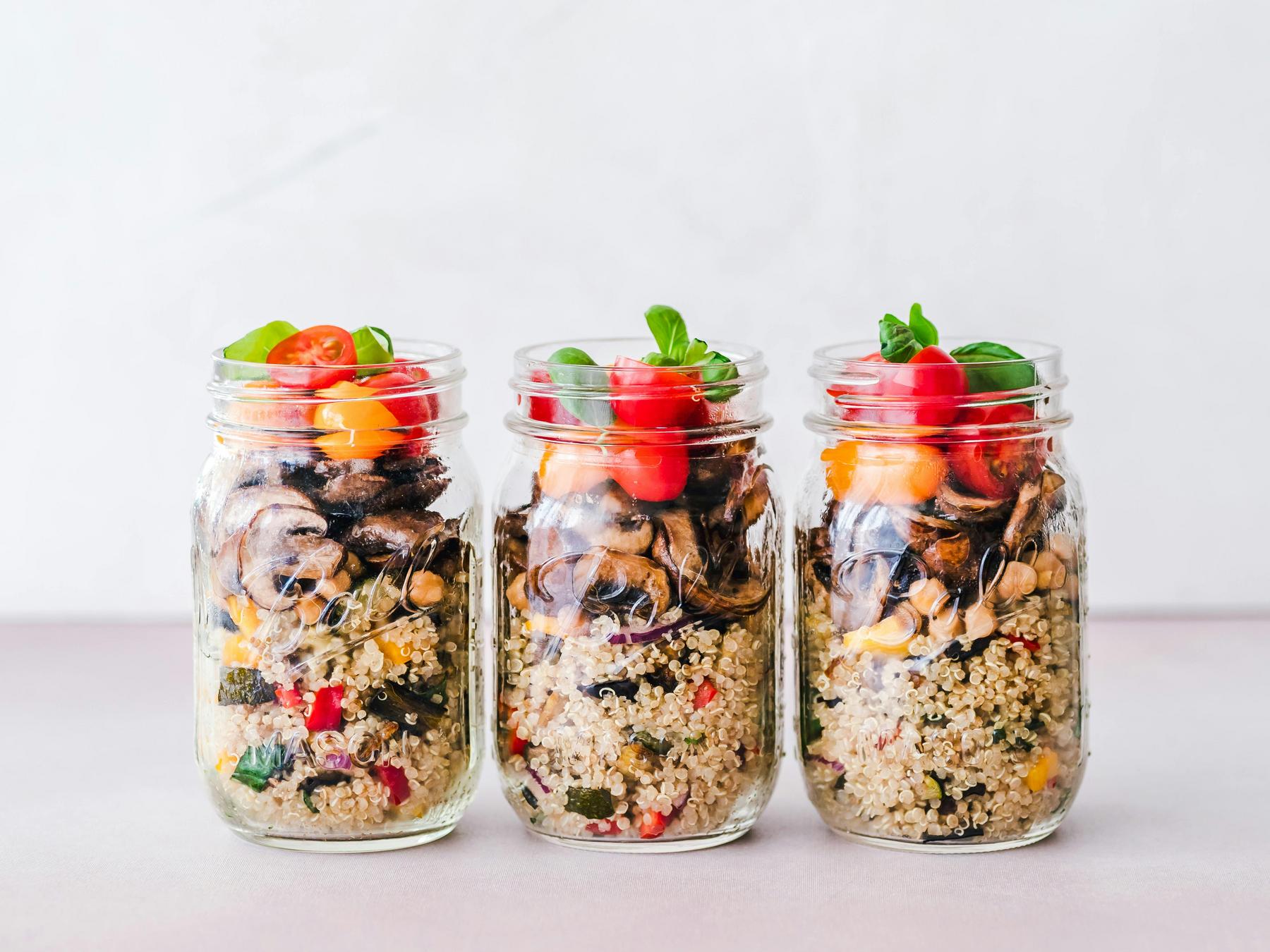In a world dominated by ultra-processed foods engineered to hit our bliss points with precision, many Australians find themselves caught in a cycle of craving foods that undermine their health goals. The good news? Your taste preferences aren’t fixed. Contemporary research reveals that our palates possess remarkable adaptability, with evidence showing that systematic retraining can modify food preferences within 6-8 weeks. This article explores the science-backed approaches to transforming your relationship with healthier foods, based on the latest research in neurobiology, sensory science, and nutritional psychology.
Why Do We Struggle to Enjoy Healthier Foods?
The challenge of embracing healthier eating patterns goes beyond simple willpower. Our taste preferences are shaped by complex biological, psychological, and environmental factors that create powerful barriers to dietary change.
The human gustatory system evolved in an environment where calorie-dense foods were scarce and valuable for survival. Today, this same system continues to reward us for consuming sugar, salt, and fat—nutrients that now surround us in abundance. Ultra-processed foods leverage this evolutionary preference through carefully engineered flavor profiles that stimulate our reward pathways more intensely than whole foods.
Recent neuroimaging studies reveal that bitter vegetables like kale and Brussels sprouts initially trigger significant amygdala activation—the brain region associated with aversion responses. This instinctive rejection represents a biological hurdle that must be overcome through systematic retraining rather than sheer determination.
Additionally, our modern food environment constantly reinforces unhealthy preferences. Research shows that regular exposure to highly processed foods downregulates our CD36 lipid-sensing receptors, reducing our ability to perceive and appreciate the subtle flavors in nutrient-dense whole foods. This physiological adaptation creates a self-perpetuating cycle that makes dietary change increasingly difficult.
How Does Our Taste System Adapt to Different Foods?
The foundation of palate retraining lies in the remarkable plasticity of our taste perception system. The human tongue contains approximately 8,000 taste buds that regenerate completely every 10-14 days, creating continuous opportunities for sensory recalibration.
This biological reality shows that your taste preferences are not set in stone but remain adaptable throughout life. Research demonstrates that systematic exposure to new flavors can trigger significant adaptations:
- Repeated exposure to bitter vegetables reduces amygdala activation by 22% while increasing prefrontal cortex engagement
- Limiting dietary fat intake can increase CD36 lipid-sensing receptor expression by 39%, enhancing perception of beneficial fats in whole foods
- Gradual reduction in dietary salt leads to heightened sensitivity to sodium, making previously “bland” foods taste adequately seasoned
A particularly promising finding reveals that participants who gradually reduce added sugars experience a 54% greater sensitivity to natural sweetness within six weeks. This enhanced perception allows fruits and whole grains to satisfy sweet cravings that previously required confectionery or processed desserts.
These adaptive mechanisms provide the biological basis for systematic palate retraining, offering hope to those who currently find healthier options unappetizing or unsatisfying.
What Evidence-Based Strategies Can Help Retrain Your Palate?
Translating neurobiology into practical approaches, research supports a three-phase protocol for effectively retraining taste preferences:
Phase 1: Threshold Reduction (Weeks 1-2)
This initial phase focuses on gradually decreasing dependence on intense flavors:
- Reduce added sodium by approximately 25% weekly through strategic substitutions
- Implement flavor-enhancing techniques like using nutritional yeast, citrus zest, and herbs
- Gradually decrease added sugars while emphasizing natural sweetness through roasting vegetables and utilizing spices like cinnamon
This gradual approach prevents the sense of deprivation that often derails dietary change while allowing taste receptors to recalibrate to lower stimulus thresholds.
Phase 2: Flavor Reinforcement (Weeks 3-4)
Once baseline thresholds are reduced, focus shifts to building positive associations with whole foods:
- Pair bitter vegetables with healthy fat sources (e.g., broccoli with olive oil) to leverage flavor-nutrient conditioning
- Utilize cooking techniques that enhance natural umami compounds, such as roasting and caramelization
- Implement the “bridge technique” by gradually incorporating new foods alongside familiar favorites
Neurologically, this phase capitalizes on the brain’s ability to form positive associations through repeated pairing of initially challenging flavors with rewarding nutrients.
Phase 3: Variety Expansion (Weeks 5-6)
The final phase expands dietary diversity and reinforces new preferences:
- Implement the “20% Novelty Rule” by replacing one-fifth of meal components with unfamiliar whole foods
- Engage in mindful eating practices to enhance sensory awareness and satisfaction
- Create structured meal environments that minimize distraction and maximize flavor perception
This systematic approach has been shown to increase acceptance of nutrient-dense foods by 43-67% within the 6-8 week timeframe, significantly outperforming unstructured “willpower-based” approaches.
Effectiveness of Palate Retraining Strategies
| Strategy | Timeframe | Key Benefit | Success Rate | Best For |
|---|---|---|---|---|
| Gradual Sodium Reduction | 2-4 weeks | Enhanced salt sensitivity | 67% reported satisfaction with lower-sodium foods | Those consuming high-sodium processed foods |
| Bitter Flavor Pairing | 3-5 weeks | Increased acceptance of vegetables | 43% improvement in vegetable consumption | Those with strong aversion to bitter vegetables |
| Sensory Focus Training | 4-6 weeks | Improved meal satisfaction | 27% increase in enjoyment of whole foods | Distracted or rushed eaters |
| Structured Exposure Protocol | 6-8 weeks | Comprehensive palate adaptation | 32% improvement in overall dietary quality | Those seeking a systematic approach |
| Flavor-Nutrient Learning | 4-8 weeks | Enhanced reward response | 38% stronger reward pathway activation | Those with strong processed food cravings |
How Long Does It Take to Develop a Taste for Healthier Foods?
One of the most common questions regarding palate retraining concerns the timeline for noticeable changes. Research provides encouraging answers for those embarking on this journey.
The biological renewal of taste buds every 10-14 days creates continuous opportunities for adaptation. However, meaningful preference changes typically follow this pattern:
- Weeks 1-2: Most people notice decreased desire for intensely flavored processed foods and improved detection of subtle flavors
- Weeks 3-4: Initial aversion to bitter vegetables and whole grains begins to diminish significantly
- Weeks 5-8: Genuine enjoyment of previously disliked healthy foods starts to develop
- Beyond 8 weeks: New preferences often become more automatic and self-reinforcing, although ongoing practice may be needed to sustain these changes
A particularly encouraging finding from CSIRO’s Taste & Learn program demonstrates that institutional approaches yield 32% improvements in vegetable consumption among even the most reluctant participants. This suggests that systematic approaches can overcome even longstanding food aversions when consistently applied.
What Role Does Mindfulness Play in Palate Training?
While much of palate retraining occurs at the neurobiological level, research reveals that cognitive strategies significantly enhance outcomes. Mindfulness practices in particular demonstrate remarkable effectiveness in accelerating preference shifts.
Specific mindful eating techniques with proven benefits include:
- Sensory Focus Training: 60-second pre-meal aroma inhalation exercises increase vegetable liking scores by 27%
- Interoceptive Awareness Development: Body scanning techniques improve recognition of physiological satiety cues, reducing ultra-processed food cravings by 33%
- Mealtime Ritualization: Structured eating environments are associated with 22% increases in meal satisfaction ratings for whole food dishes
These approaches work by redirecting attention from habitual judgments about food to actual sensory experiences. This cognitive shift allows people to discover nuanced flavors they previously overlooked while creating space for new preferences to develop.
Additionally, mindfulness practices help manage the discomfort that sometimes accompanies dietary transitions. By cultivating non-judgmental awareness of cravings, individuals can respond thoughtfully rather than automatically, supporting consistent implementation of palate retraining strategies.
Retraining Your Palate: A Path to Sustainable Dietary Change
The evidence is clear: systematic palate retraining represents one of the most effective approaches to sustainable dietary improvement. By working with—rather than against—your biology, you can transform the experience of healthy eating from one of deprivation to genuine enjoyment.
The adaptability of our taste perception system means that preferences can shift significantly within 6-8 weeks when evidence-based approaches are consistently applied. This timeline aligns perfectly with the formation of new habits, creating a foundation for sustainable change.
The most successful palate retraining journeys combine biological understanding (gradual threshold reduction), behavioral approaches (strategic food pairing), and cognitive strategies (mindful eating). This multi-faceted approach addresses the complex nature of food preferences while maximizing the opportunities presented by neuroplasticity.
For those struggling with dietary change, these findings offer genuine hope. The challenge of healthier eating need not be a lifelong battle against cravings but can evolve into a self-reinforcing pattern of genuine preference for nutrient-dense foods.
Skip the struggles. Our patients achieve <20.2% weight reduction with medical weight loss treatments delivered straight to their door. No clinics. No waiting. Just results. See if you’re eligible for our medical weight loss treatments – take our quiz.
Can you sustain changes in your food preferences?
Research demonstrates that taste preferences can be significantly modified through systematic retraining. Although your basic taste receptors for sweet, sour, salty, bitter, and umami remain unchanged, your hedonic response—how much you enjoy certain flavors—can shift over time. The complete regeneration of taste buds every 10-14 days provides ongoing opportunities for adaptation. Studies show that when changes are observed over an 8+ week period, they may become established, though continued practice is important to help maintain these new preferences.
Are some people genetically predisposed to dislike certain healthy foods?
Genetic factors do influence taste perception, particularly for bitter compounds found in many vegetables. Approximately 25% of people have a genetic variation that makes them “supertasters” for bitterness. However, research consistently shows that even those with genetic predispositions can develop positive responses to initially aversive foods through systematic exposure paired with flavor-nutrient learning techniques. The CSIRO Taste & Learn program demonstrates that structured approaches can overcome genetic barriers, with even “supertasters” showing 29% improvements in vegetable acceptance over 8 weeks.
How can parents help children develop healthier taste preferences?
Children have more taste buds than adults, making them particularly sensitive to bitter flavors found in many vegetables. Evidence-based approaches for developing healthier preferences in children include: providing at least 8-10 exposures to new foods without pressure to eat them, using the “tiny taste” approach—encouraging exploration without requiring consumption, pairing new vegetables with familiar dips or flavors as a “sensory bridge”, modeling positive eating behaviors, and involving children in food preparation to build familiarity and positive associations. The CSIRO Taste & Learn program shows that structured sensory education can reduce food neophobia scores by 41% in preschool children, demonstrating the effectiveness of systematic approaches.
Does palate training work for everyone?
Research indicates that palate training is effective across diverse populations, though individual timelines and outcomes vary. Factors influencing responsiveness include baseline diet, genetic variations in taste perception, age, and consistency of implementation. Studies show success rates of 67% for systematic approaches, significantly outperforming untargeted dietary advice. Even among those with the strongest initial aversions, gradual introduction techniques demonstrate meaningful improvements for most participants when consistently applied for 6-8 weeks.
Should I eliminate all processed foods at once when retraining my palate?
Research strongly suggests that gradual reduction is more effective than abrupt elimination. Sudden, complete removal of familiar foods often triggers strong cravings and a sense of deprivation that undermines long-term success. The evidence-based approach involves systematically reducing processed food consumption by approximately 20-25% every two weeks while simultaneously implementing flavor-enhancement strategies for whole foods. This gradual transition allows taste receptors to adapt incrementally while building positive associations with healthier alternatives.



